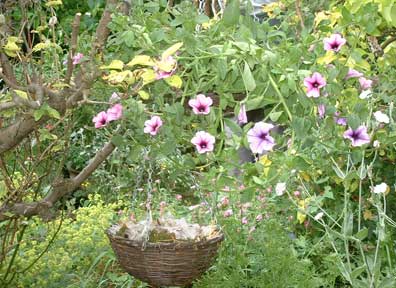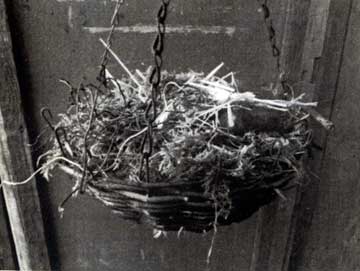Creating a wildlife garden
Creating a Wildlife Garden from a derelict wilderness
We have lived in this house for over 50 years. An ordinary terraced house on a hill, surrounded by busy roads. Running along the back of the terrace was a strip of derelict land that had once been drying fields of a Victorian laundry. For 25 years I chucked our snails over there, as did most of my neighbours.
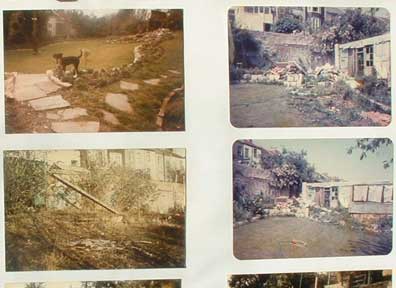
Then we were given the chance to buy the land for a song. Half an acre of neglected land, broken glass, a variety of mattresses, rusty corrugated iron and rather a lot of snails. It took two years to clear the land, and for the next three I scattered slug pellets around with gay abandon, happily spraying this and that with a variety of poisons and was working towards a velvet sterile bowling green lawn, edged with clashing beds and hybrid tea roses that looked like grotesquely shaped skeletons for at least five months of the year.
Then my husband dug out a series of ponds. The day we filled them up changed our whole attitude to gardening. We found a frog at the waters edge, and while marvelling at it and wondering how it got there an enormous dragonfly zoomed over our heads. There and then we resolved never to use pesticides of any description again, and we haven’t. 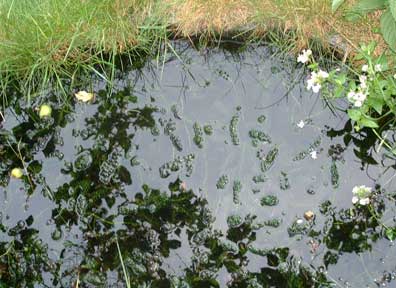
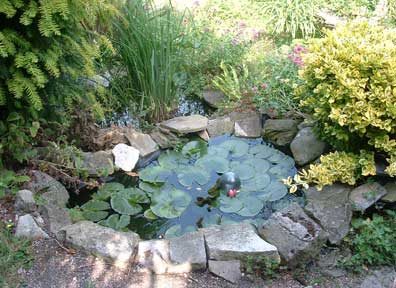
We decided to create a garden, a haven for wildlife but also a refuge where people can just sit, unwind and relax. I think people who visit are surprised to discover that it looks like a garden, not just a jungle of weeds. It has a flowery lawn, well defined borders, fruit trees and even vegetables. It took us a few years to get the balance right. The hybrid tea roses went, to be replaced by berried shrubs like holly, berberis and pyracantha, as well as ancient roses, honeysuckle and trees like rowan, birch and hawthorn. The mix is a corridor of delight for birds, offering food, nest sites, roosts and shelter. 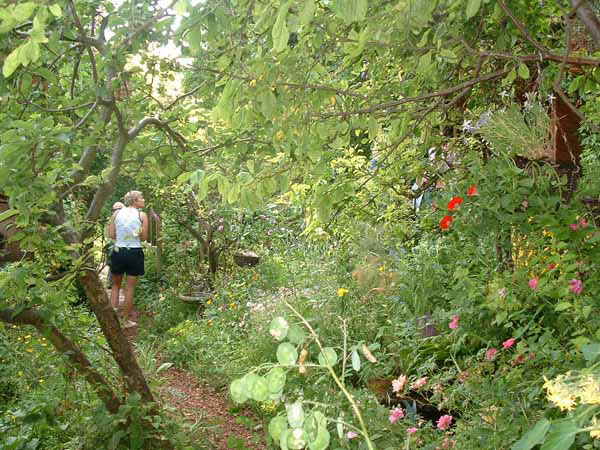
Beneath the canopy we have smaller shrubs like lavender and hebes – sources of nectar and pollen – plus as many herbs and flowery weeds as possible, which seems to please masses of winged insects. Even the lawn is a patchwork of daisies, scarlet pimpernel, clover and starry blue speedwells. All flowers that just arrived and decided to stay. 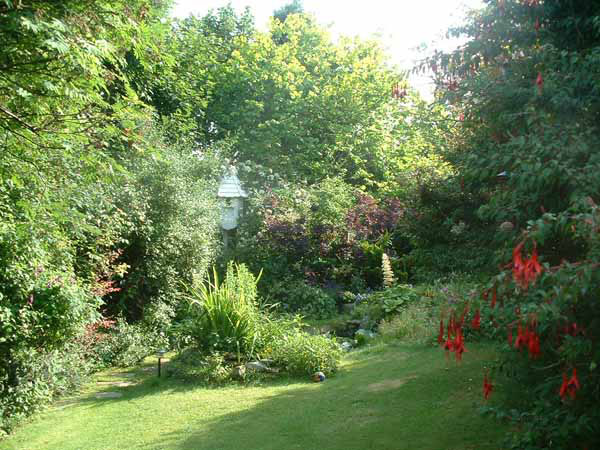
These days we fill the ponds with water diverted from the gutters to water butts. I haven’t watered the hedgerows in years, but they are mulched with grass cuttings to keep up the organic content – a rich soil is unlikely to dry out and is unlikely to blow away like dust.
When I see a sparrowhawk over the garden I know it is because we have lots of nesting and feeding birds. And at this time of year I put out hanging baskets of moss, dry grass, hair brushed from the dog and even feathers from an old pillow – so that the birds have plenty of nesting materials. 